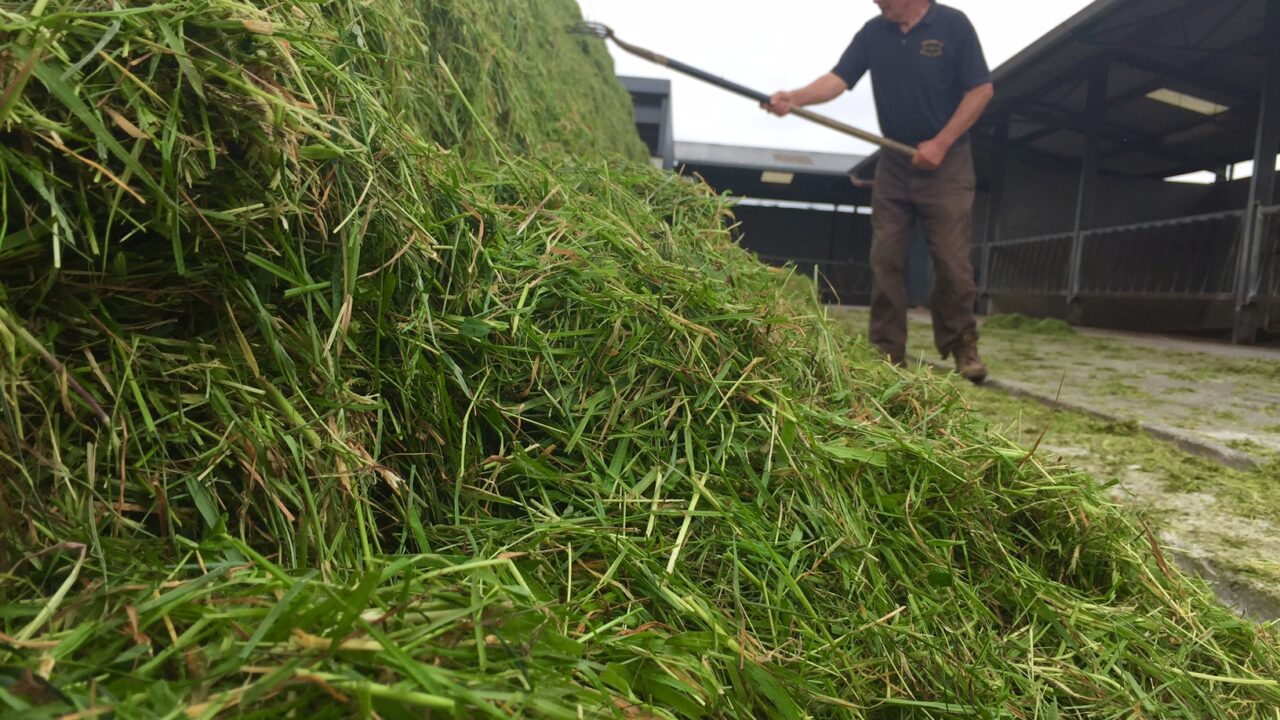The number of people employed in Ireland’s agriculture, food and fishing industry have increased by almost 4,000 head.
Recent figures from the Central Statistics Office (CSO) show that 116,400 people were employed in the industry in the second quarter of 2016, jumping from the 112,500 in the corresponding time in 2015.
This is an increase of 3.5%.
Looking at employment across all sectors, the CSO’s Quarterly National Household Survey shows that just over 2m people were employed in Ireland in the second quarter of 2016.
This is an annual increase in employment of 2.9% or 56,200.
Although employment in agriculture increased, the highest levels of growth were witnessed in the administrative (+9.9%) and construction (+8.7%) sectors.
Much of the extra jobs found in the Irish agriculture, food and fishing sectors are likely to have occurred due to dairy farm expansion.
In April 2015, Teagasc said that the ceasing of dairy quotas was likely to lead to the creation of jobs for an additional 15,000 people.
However, looking at just the increase in the number of people employed in agriculture does not paint a proper picture of the incomes generated from Irish farms.
Earlier this month, Teagasc economists warned that farm incomes are set to fall significantly across all sectors this year.
A number of factors were blamed for this expected fall in farm income, including falling commodity prices, the drop in the value of Sterling and some unfavourable production conditions.
The economists warned that farm incomes are likely to fall in all of the key areas including beef, sheep dairy and tillage.
The fall out from the Brexit referendum is likely to have an impact on returns from beef and sheep farms, while dairy farmers faced lower milk prices due to the collapse of dairy markets, they said.
